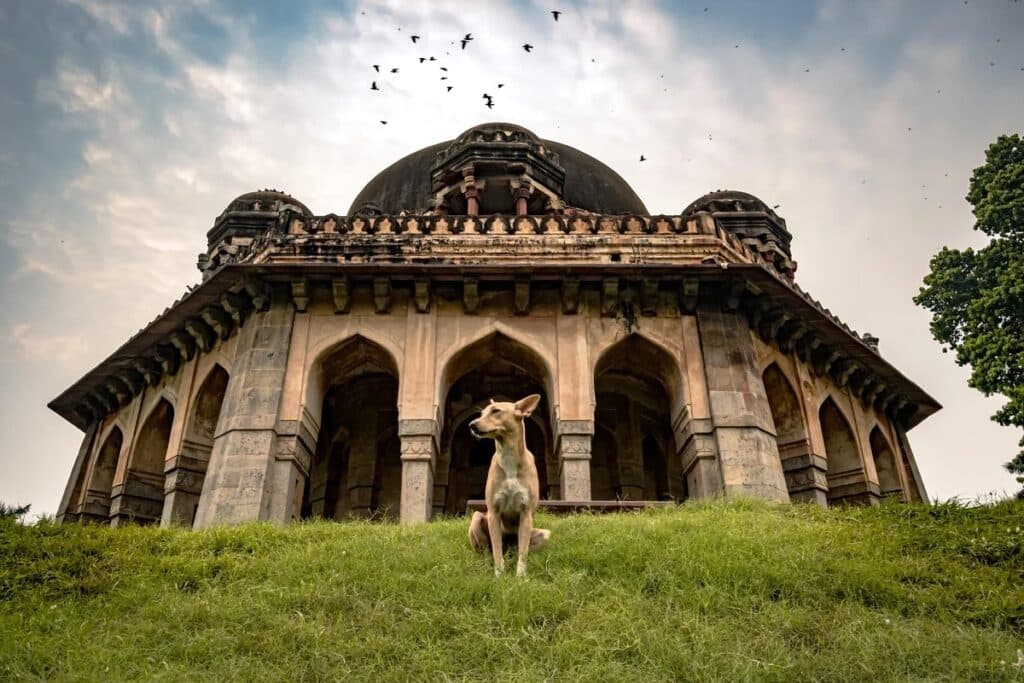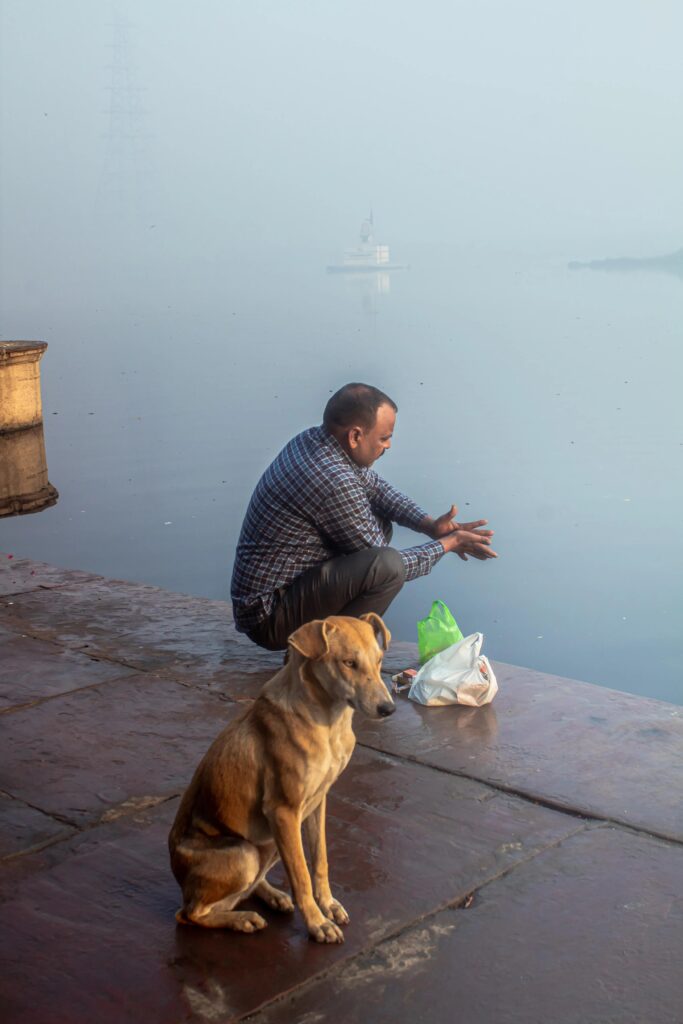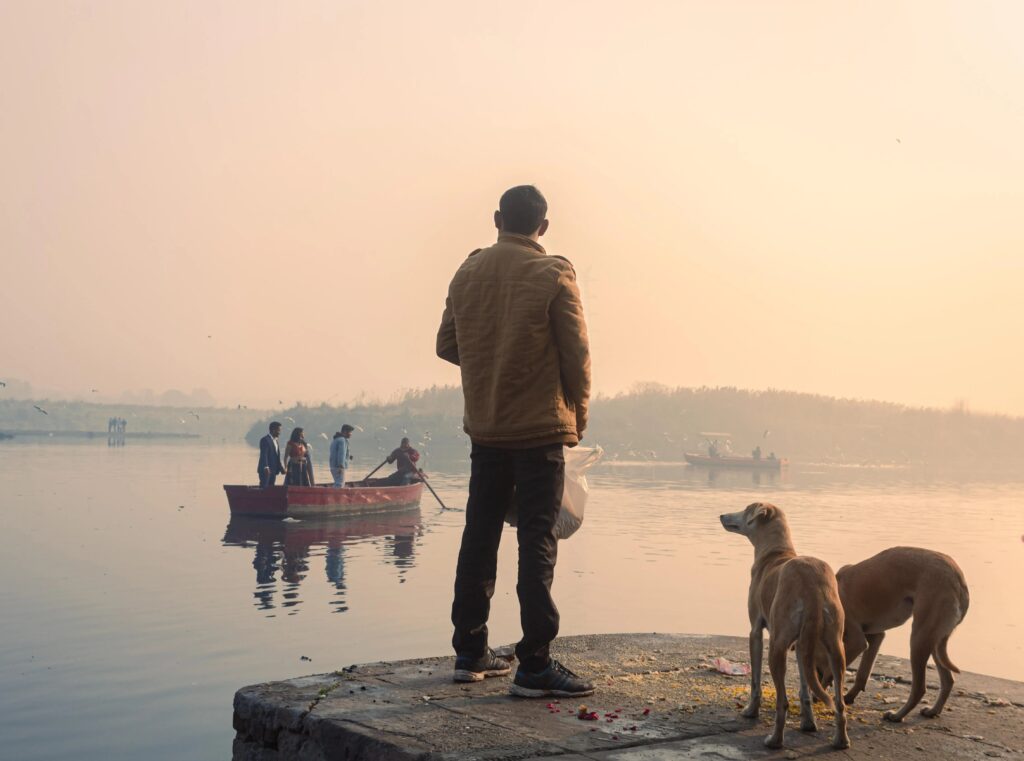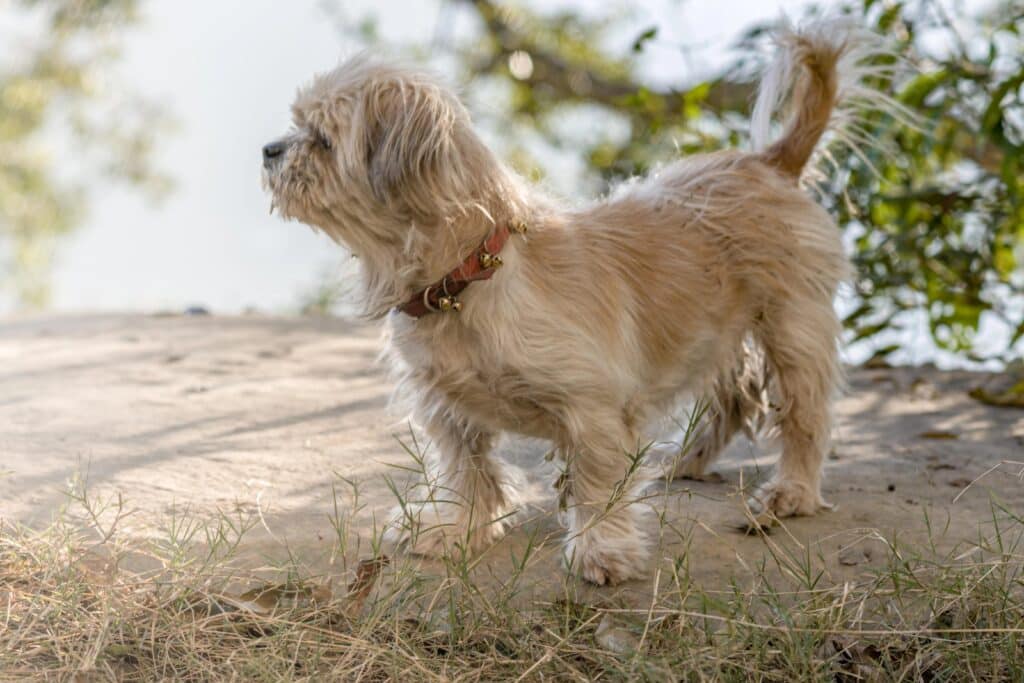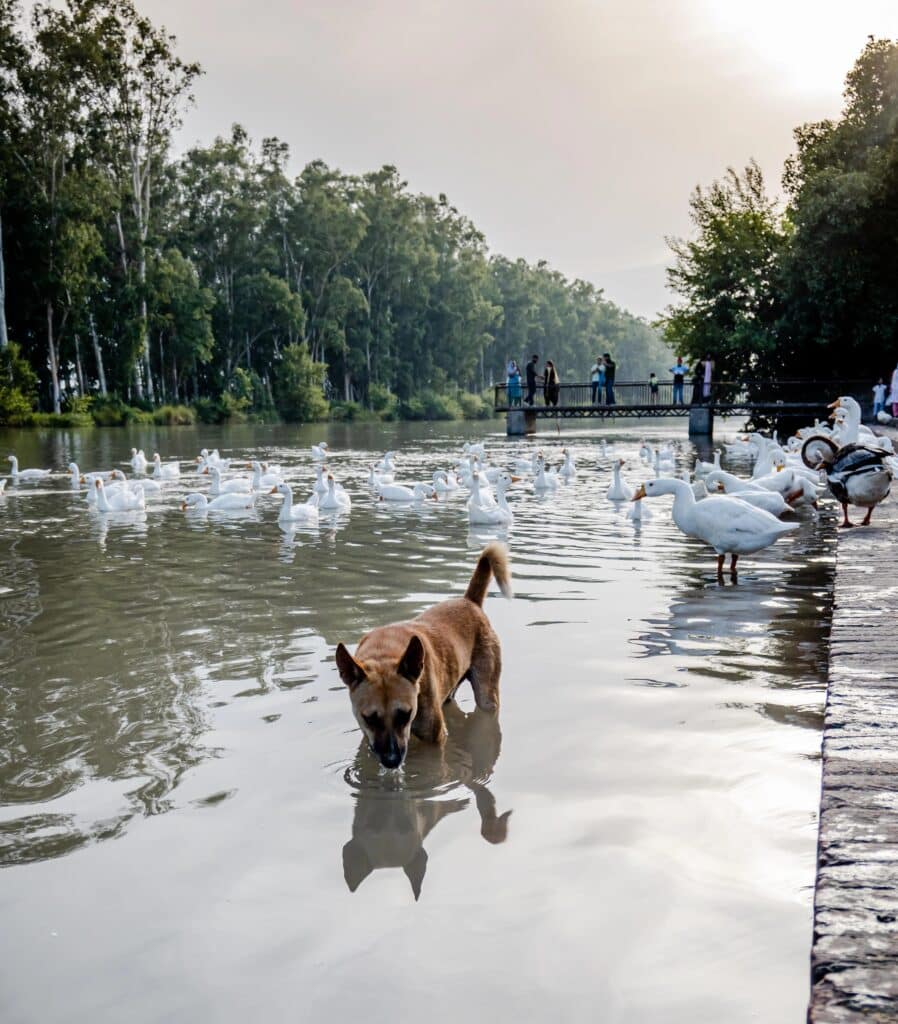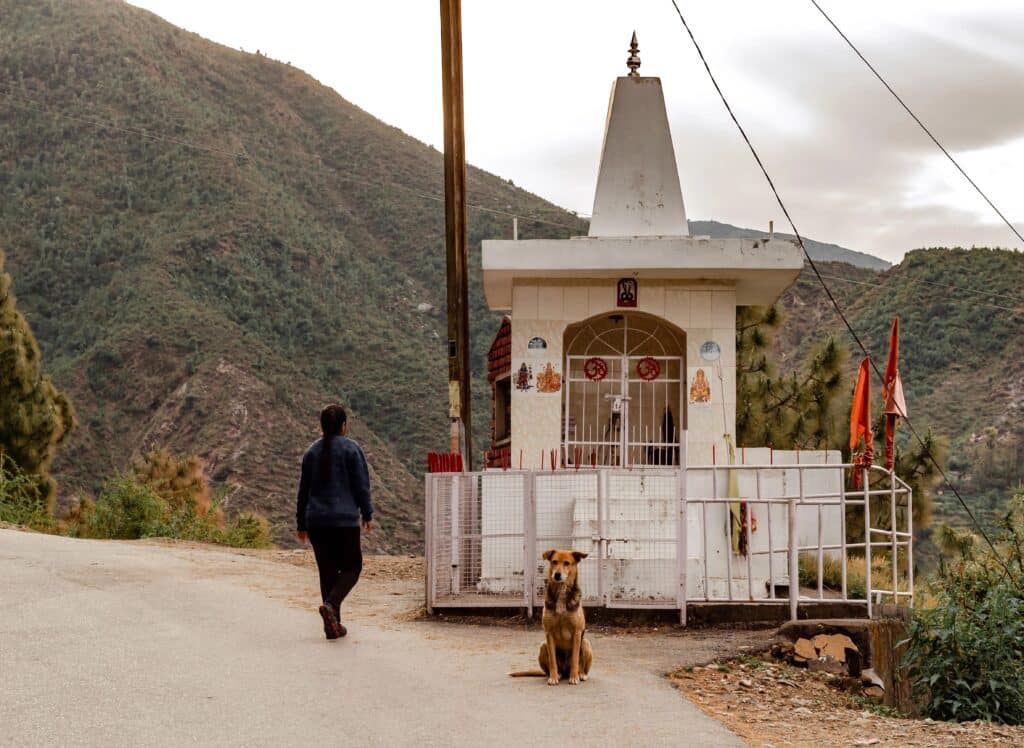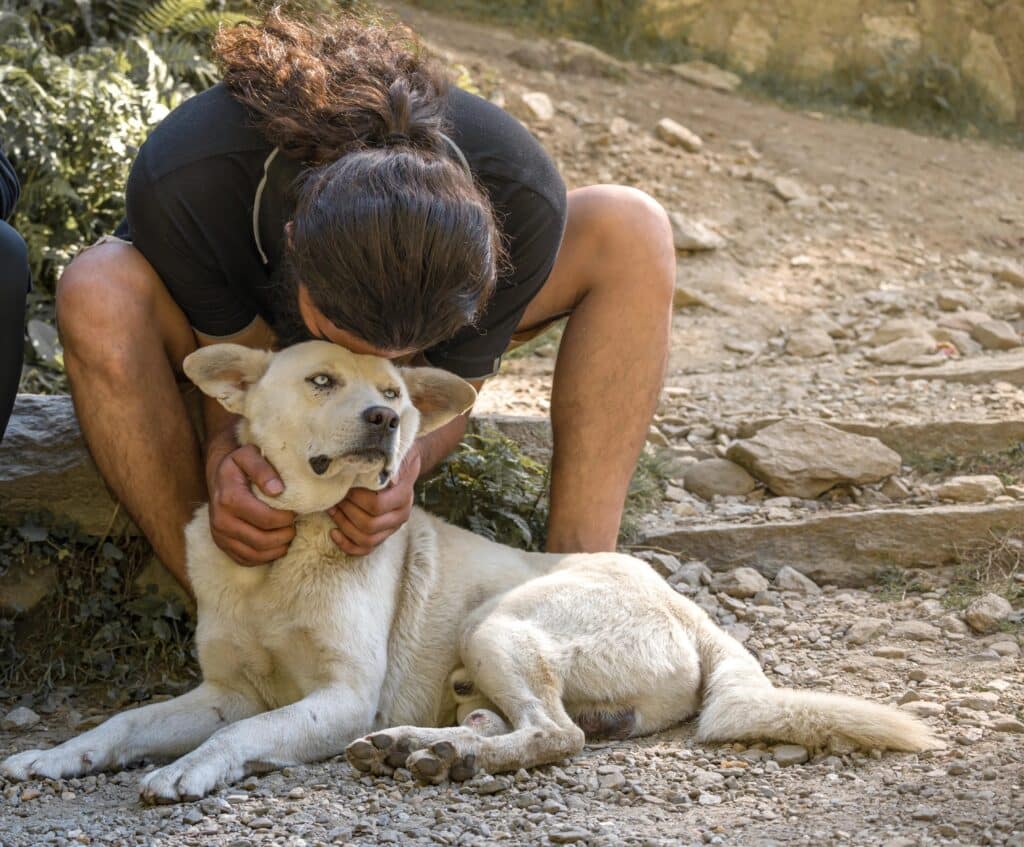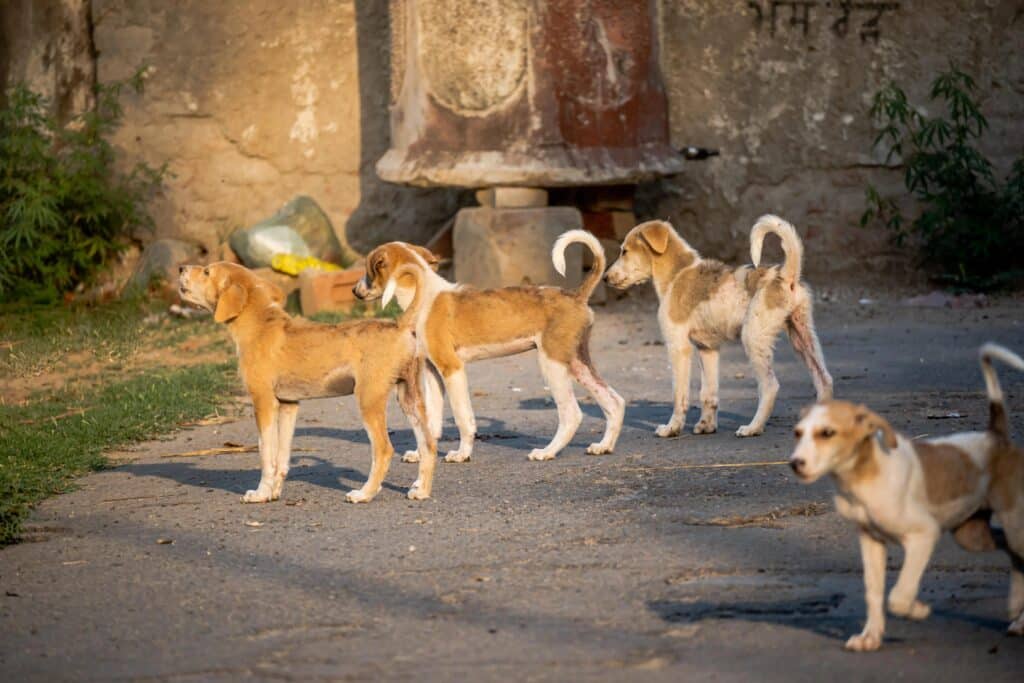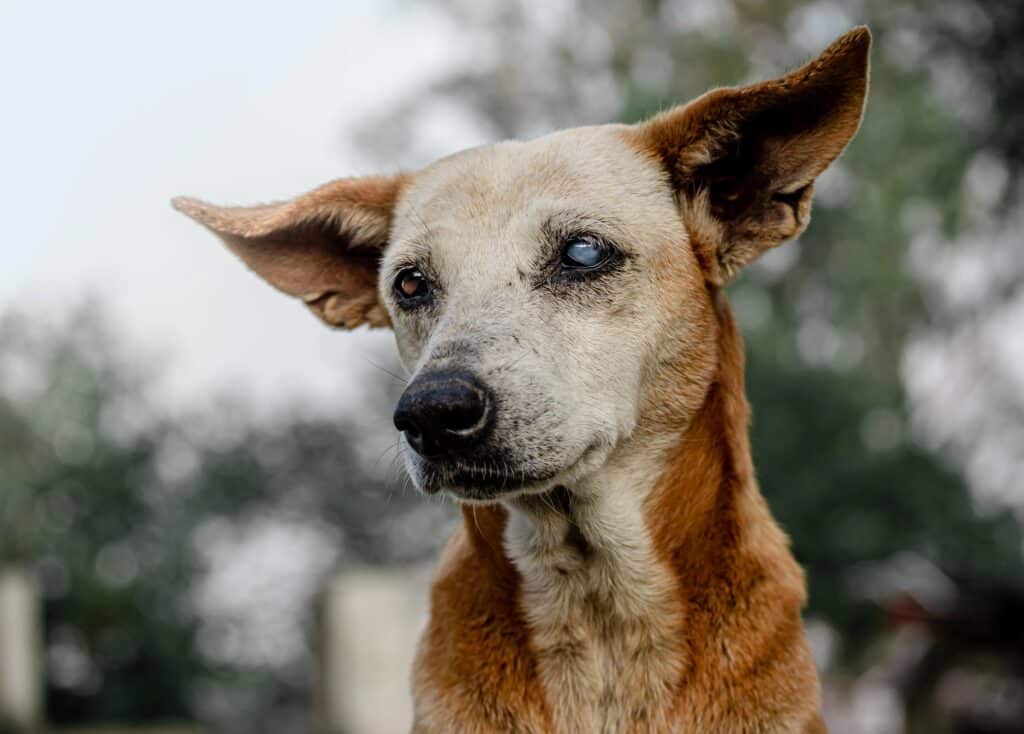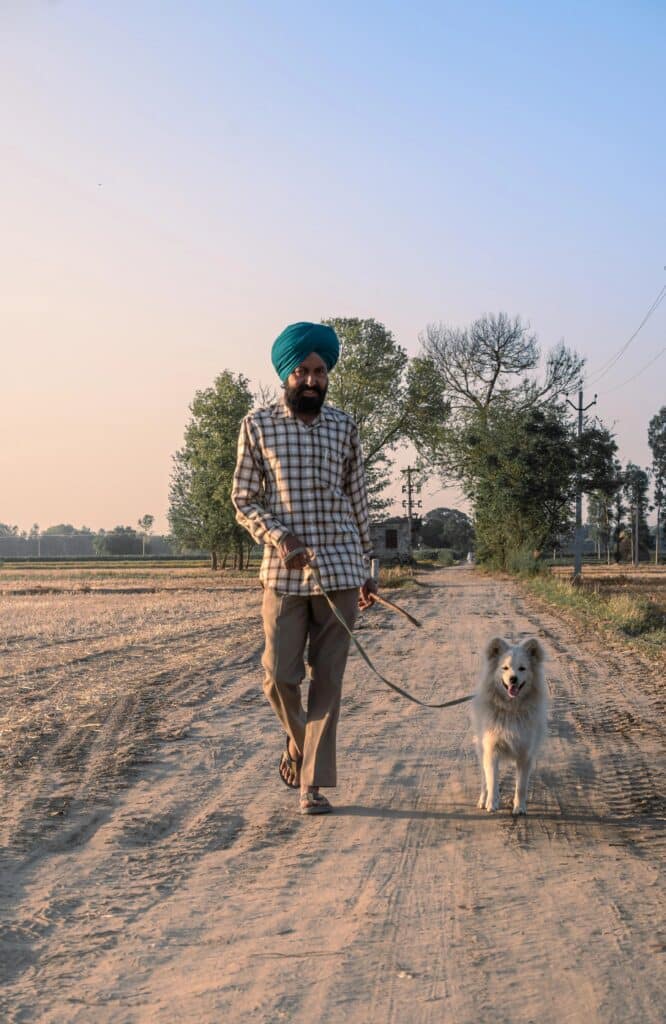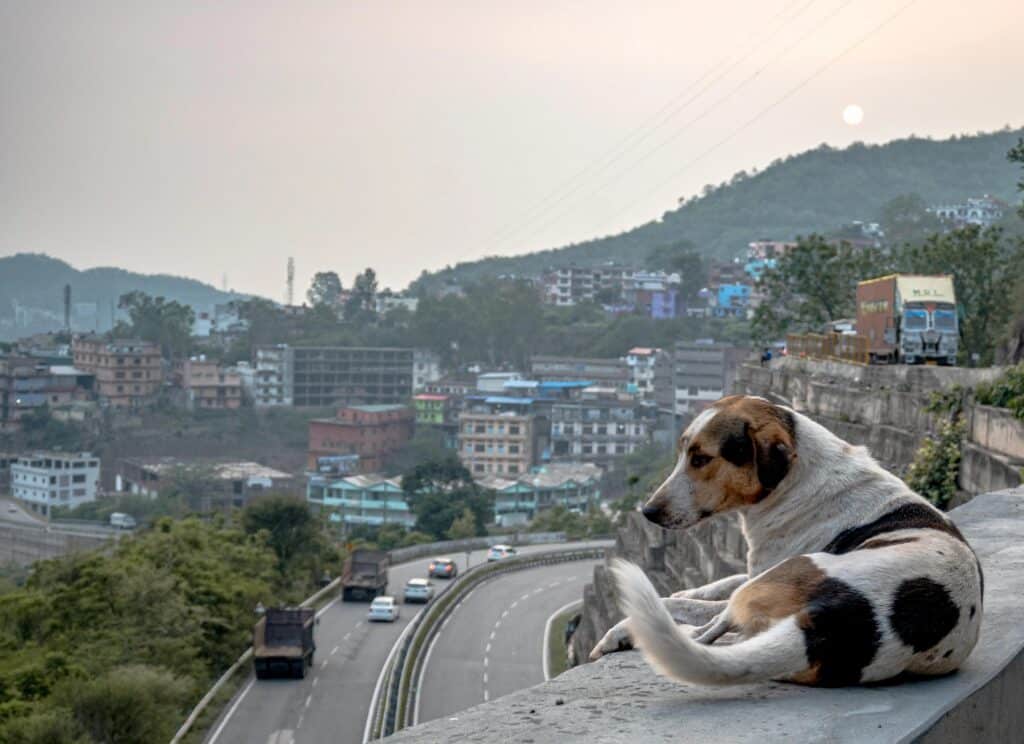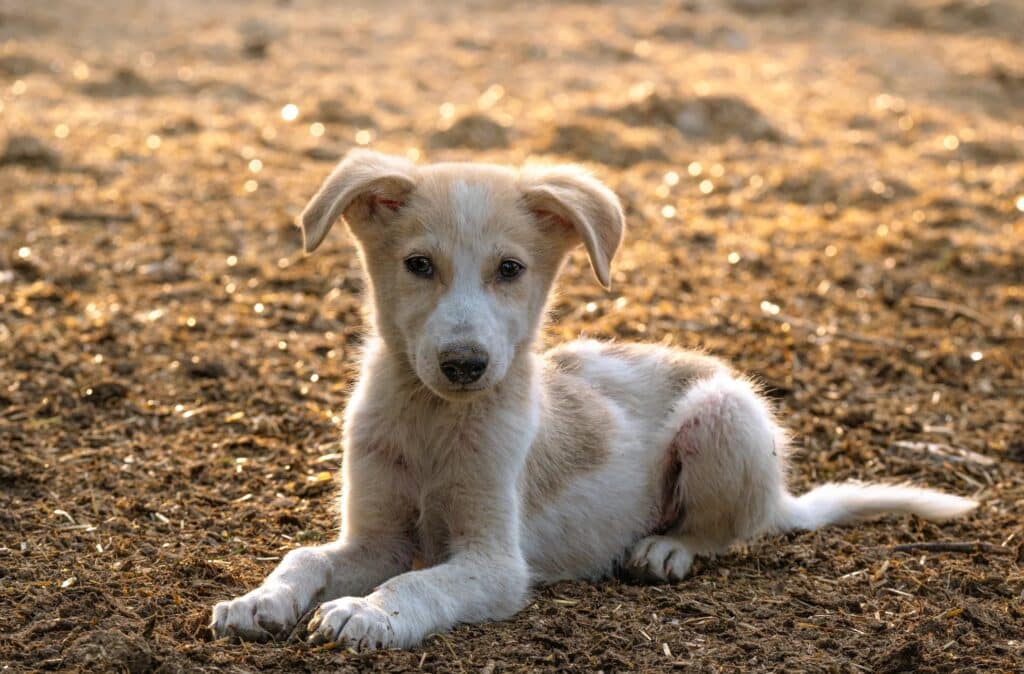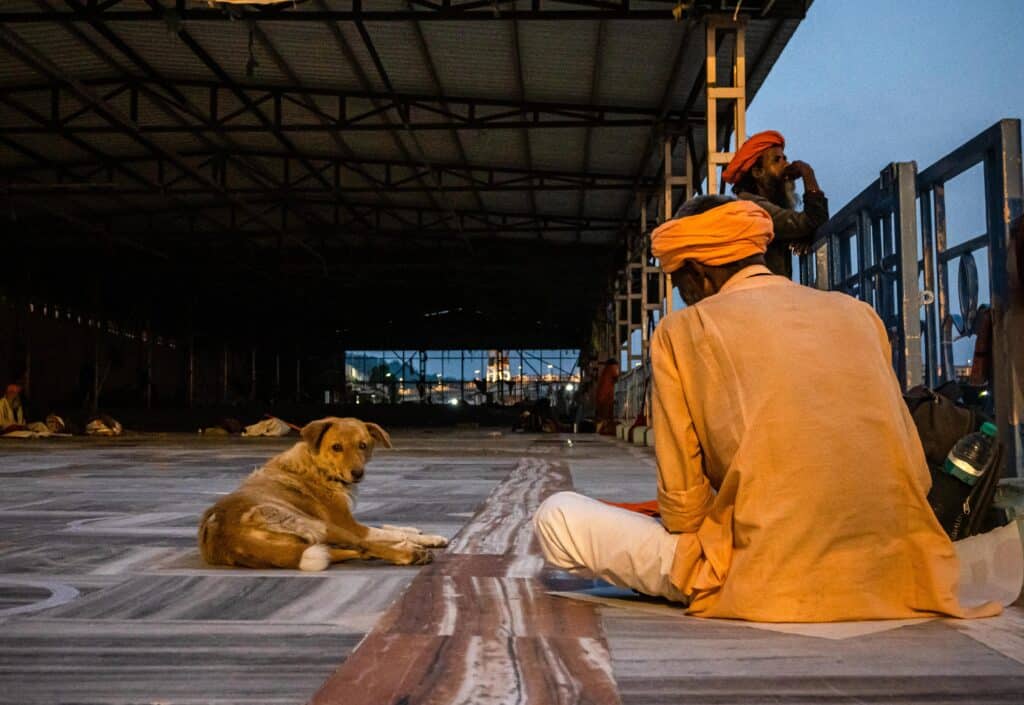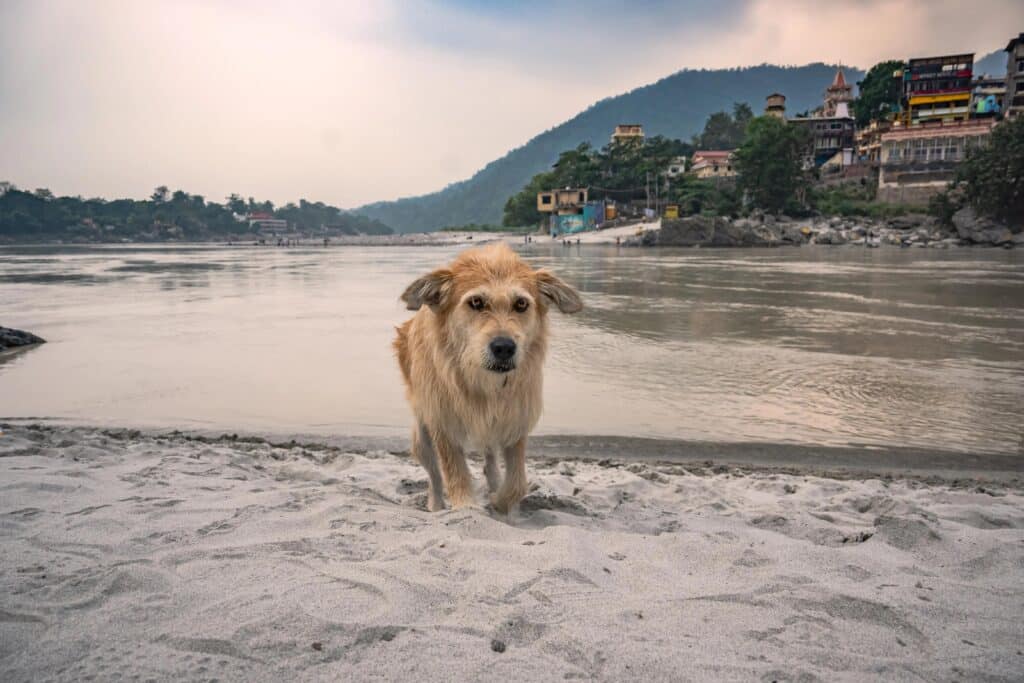Howls From The Founder
Love, Dog is for everyone who wants to be their dog's best friend . . . We're a trusted resource to help you make the best choices for your dog's wellbeing . . . NEW PODCAST EPISODE #13: TARA BRACH - Homecoming: Being Present With Our Dogs . . . Listen on your favorite podcast app or click on the podcast button in the menu. . . . We say THANK YOU to season 1's podcast sponsors - Fig & Tyler, Wonder Walker No-Pull Harnesses, Colorado Citizens for Canine Welfare (3CW), and, Jope Hip & Joint Chews.
Love, Dog is for everyone who wants to be their dog's best friend . . . We're a trusted resource to help you make the best choices for your dog's wellbeing . . . NEW PODCAST EPISODE #13: TARA BRACH - Homecoming: Being Present With Our Dogs . . . Listen on your favorite podcast app or click on the podcast button in the menu. . . . We say THANK YOU to season 1's podcast sponsors - Fig & Tyler, Wonder Walker No-Pull Harnesses, Colorado Citizens for Canine Welfare (3CW), and, Jope Hip & Joint Chews.

